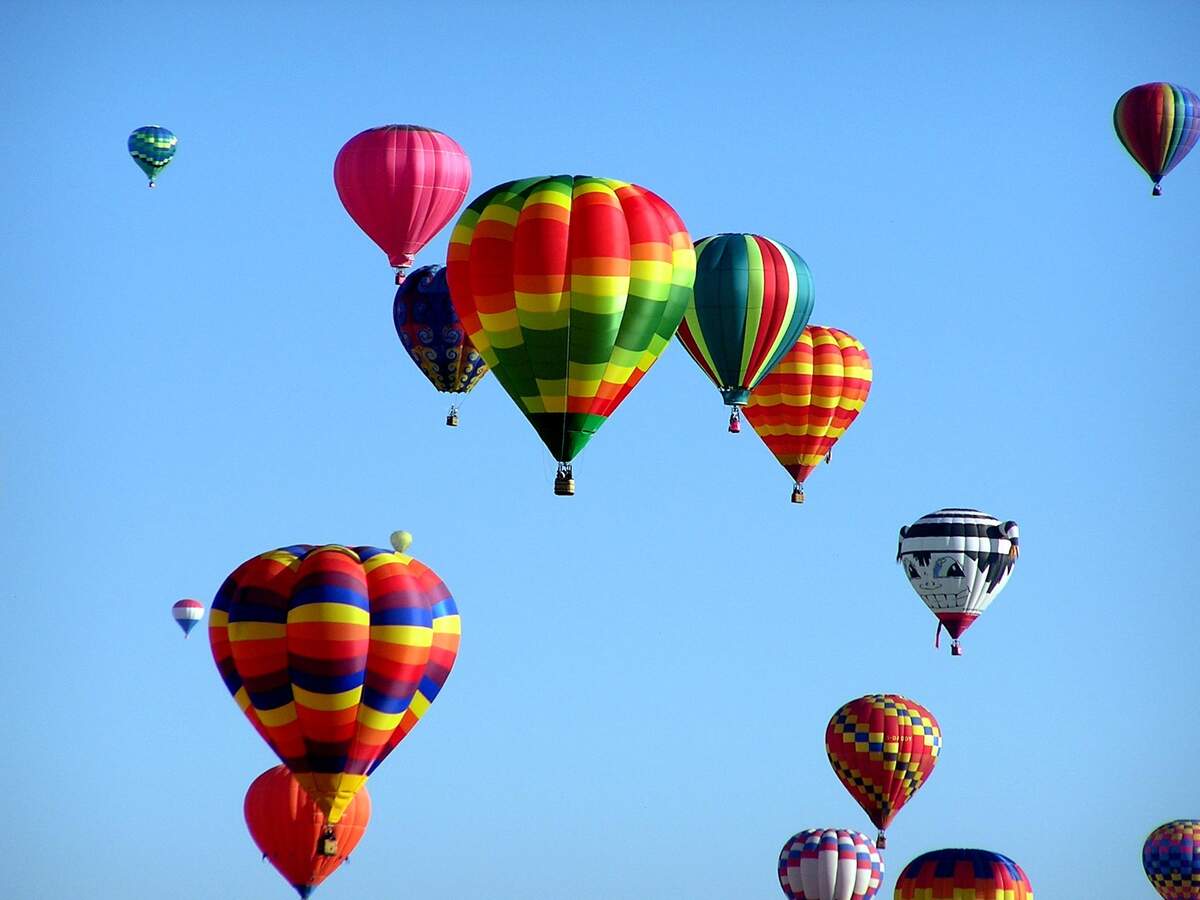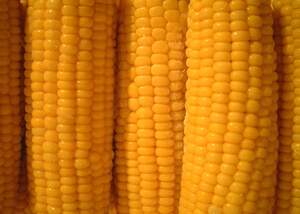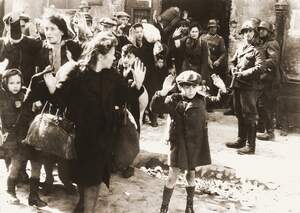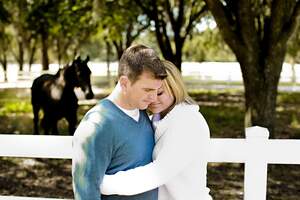

Ride the Wind Day
Also known as
National Ride the Wind Day
Ride Like the Wind Day
Observed
annually on August 23rd
Dates
Hashtags
Sources
https://www.ibtimes.com/national-ride-wind-day-4-exciting-activities-you-can-enjoy-occasion-3278831
https://www.anrdoezrs.net/links/100298379/type/dlg/https://www.newspapers.com/image/266577100/
https://www.thehansindia.com/featured/womenia/national-ride-the-wind-day-702906
https://www.wired.com/2010/08/0823gossamer-condor-human-powered-flight/
Industrialist Henry Kremer spurred the building of human-powered aircraft by putting up money for competitions. His Kremer prize, created in 1959, could be won by powering an aircraft around a figure-eight course that had 10-foot hurdles at its start and end, and turn points a half mile apart. Over 50 attempts were made on the course over the next 18 years. It was on today's date in 1977 that the first Kremer prize was awarded, when the Gossamer Condor completed the figure-eight course, marking what is considered the first successful human-powered flight. Ride the Wind Day commemorates this occasion. Events are held on the day at locations like museums and airfields. Building and flying kites are common activities. To celebrate, people "ride the wind" in a number of other ways.
Dr. Paul MacCready built the Gossamer Condor. Getting inspiration from watching vultures fly, MacCready believed that the figure-eight flight could be successful if the aircraft was extremely light and was flown very slowly. He structured the aircraft with the least amount of aluminum possible and covered it with a thin layer of Mylar. Wing warping modeled after the Wright brothers, as well as a tilting of the canard wing at the front of the aircraft, allowed it to turn easily.
By early 1977, the aircraft was able to make flights lasting more than five minutes. It crashed a few times, but damage usually wasn't substantial because the aircraft flew only 10 to 15 feet above the ground. It was quickly able to be repaired, such as by using Scotch tape to reinforce the Mylar. The aircraft did sustain a bigger crash in early August, which precipitated a redesign so that it weighed six pounds less. The Gossamer Condor then weighed only 70 pounds, with a wingspan of 96 feet. The historic, prize-winning flight took place at Minter Field in Shafter, California. Bryan Allen, an amateur cyclist and hang-glider pilot, pedaled the Gossamer Condor into history. On its 223rd flight, it traveled 2,172 meters at a speed of 11 miles per hour to complete the figure-eight course. The flight took just 7 minutes and 27 seconds, but we spend the whole day celebrating it each year with Ride the Wind Day.
How to Observe Ride the Wind Day
Some ideas of ways to celebrate include:
- Attend a Ride the Wind Day event at a museum, airfield, or other location.
- Take a flight in a human-powered aircraft.
- Build a kite and fly it.
- Make and fly a paper airplane.
- Sign up for flight lessons.
- Ride in an airplane or hot air balloon.
- Go hang gliding.
- Take a ride in a sailboat.
- Enjoy the wind on your face with whatever activity you do: ride a bike, a motorcycle, or a jet ski.
- Join the Royal Aeronautical Society or the National Aeronautic Association.
- View the Gossamer Condor at the Smithsonian National Air and Space Museum.
- Travel to Minter Field and visit the Minter Field Air Museum.
- Read The First Human-Powered Flight: The Story of Paul B. MacCready and His Airplane, the Gossamer Condor or Gossamer Odyssey: The Triumph of Human-Powered Flight.
- Watch The Flight of the Gossamer Condor.





















